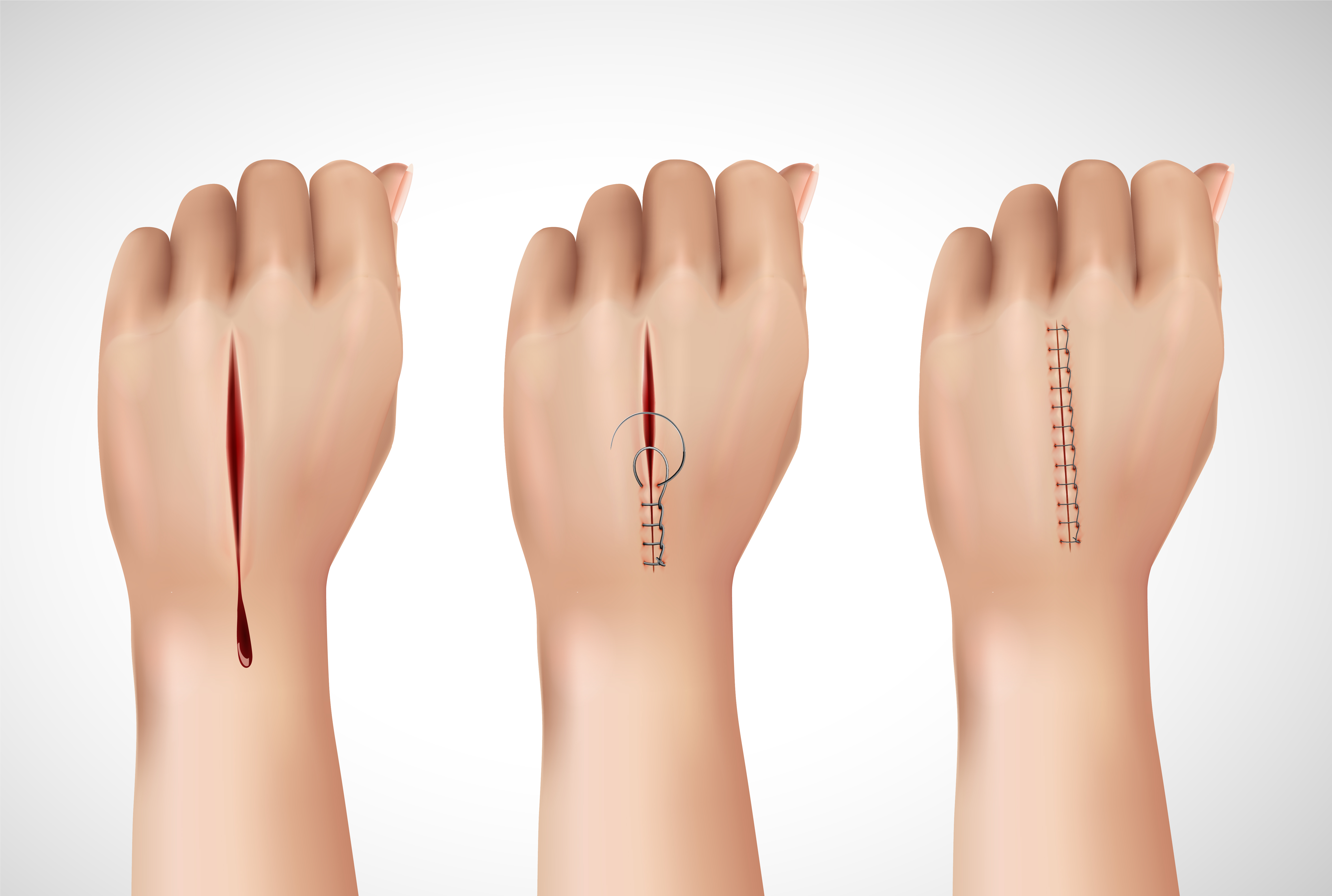The Art of Suturing: Mastering the Fine Technique for Effective Wound Closure

In medicine, there is an art that lies within the hands of skilled practitioners—the art of suturing. The delicate and precise technique of suturing plays a vital role in effective wound closure, promoting proper healing and minimizing the risk of complications. As a medical student or aspiring healthcare professional, mastering the art of suturing is a journey that combines knowledge, practice, and finesse. In this blog post, we delve into the intricacies of this fine technique, providing you with valuable insights and guidance to become a master of the suture.
The Importance of Suturing: Enhancing Patient Care
The act of suturing extends far beyond the closure of a wound. It is integral to patient care, ensuring optimal healing and cosmetic outcomes. By mastering the art of suturing, you empower yourself to contribute to the well-being of your patients, providing them with quality wound closure that minimizes scarring, reduces infection risks, and promotes a speedy recovery. The ability to suture effectively is a fundamental skill that every healthcare professional should possess.
Understanding the Anatomy of a Stitch: Breaking Down the Components
To master the art of suturing, it’s crucial to understand the anatomy of a stitch. From the needle and suture material to the different types of sutures, each component plays a significant role in achieving successful wound closure. We explore the various needle types, suture materials, and their indications to help you choose the most appropriate tools for different scenarios. Understanding the intricacies of suturing materials allows you to tailor your approach to each patient’s specific needs.
Techniques for Effective Wound Closure: From Basics to Advanced
Suturing techniques are diverse, and each one serves a specific purpose. We provide an overview of basic techniques such as interrupted sutures and continuous sutures, as well as more advanced methods like subcuticular and running subcutaneous sutures. By delving into the nuances of each technique, you’ll gain a comprehensive understanding of its applications, advantages, and limitations. Armed with this knowledge, you can confidently select the most suitable technique to achieve optimal wound closure.
Mastering the Fine Technique: Tips and Tricks for Precision
Achieving precision in suturing requires practice and attention to detail. We share valuable tips and tricks to enhance your technique, ensuring precise and even sutures that promote proper wound apposition. From proper needle handling to achieving consistent tension, these insights will elevate your suturing skills and contribute to better patient outcomes. With practice and dedication, you’ll develop the finesse and dexterity needed to create seamless, aesthetically pleasing closures.
Embracing the Journey: The Path to Suturing Mastery
Mastering the art of suturing is a journey that requires time, patience, and perseverance. We encourage you to embrace this journey, dedicating yourself to deliberate practice and continuous improvement. Engage in hands-on training opportunities, seek feedback from experienced practitioners, and never shy away from challenging yourself. The more you practice, the more proficient and confident you’ll become, elevating yourself to the ranks of skilled suturing artists.
Conclusion
The art of suturing is a captivating blend of technique, precision, and finesse. By mastering this skill, you become a guardian of patient care, promoting optimal wound healing and contributing to positive outcomes. Embrace the artistry, understand the components, learn the techniques, and refine your fine technique through dedicated practice. The journey towards suturing mastery is a transformative one, allowing you to leave an indelible mark on the lives of your patients. So, embark on this journey with determination and passion, and let the art of suturing guide your
